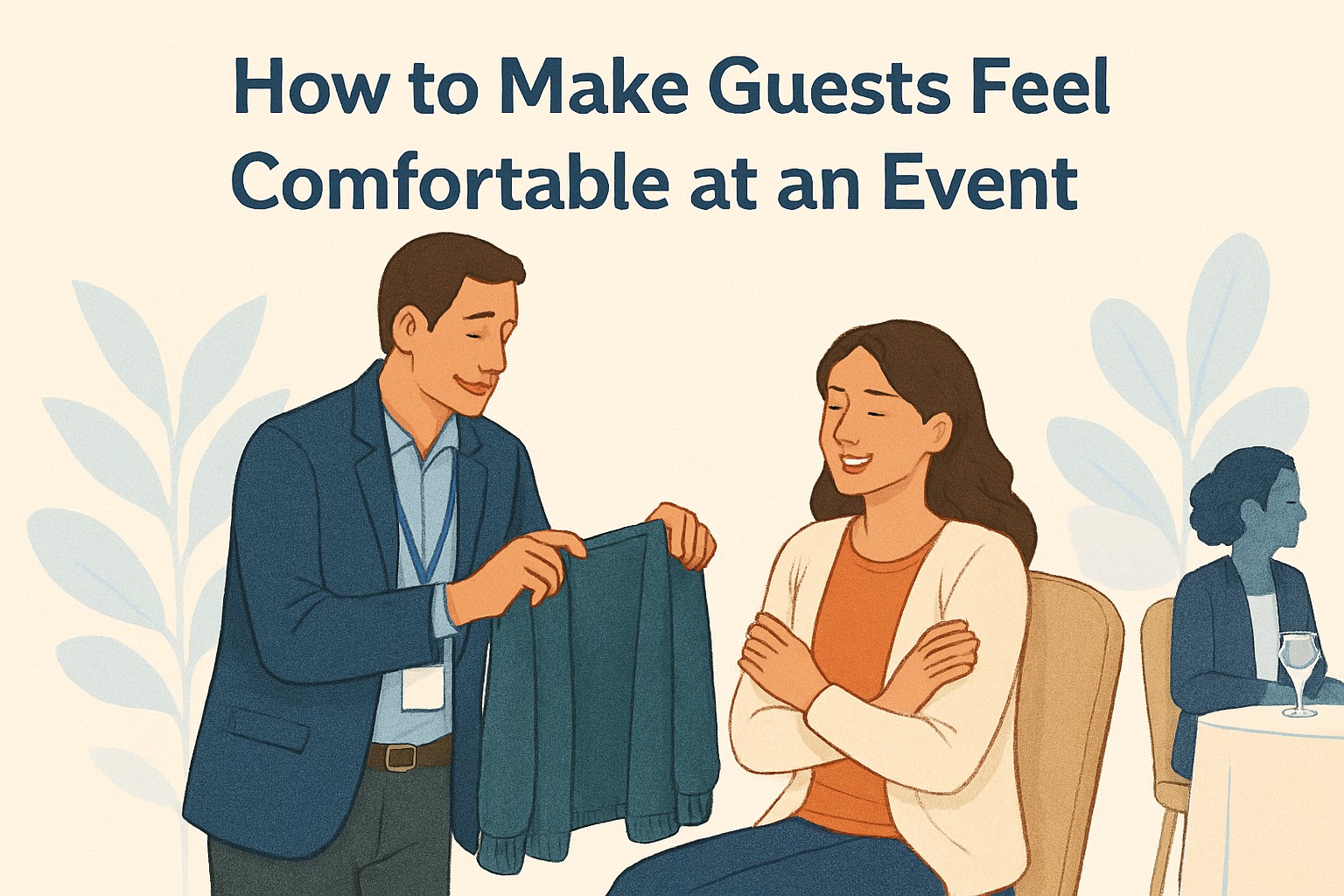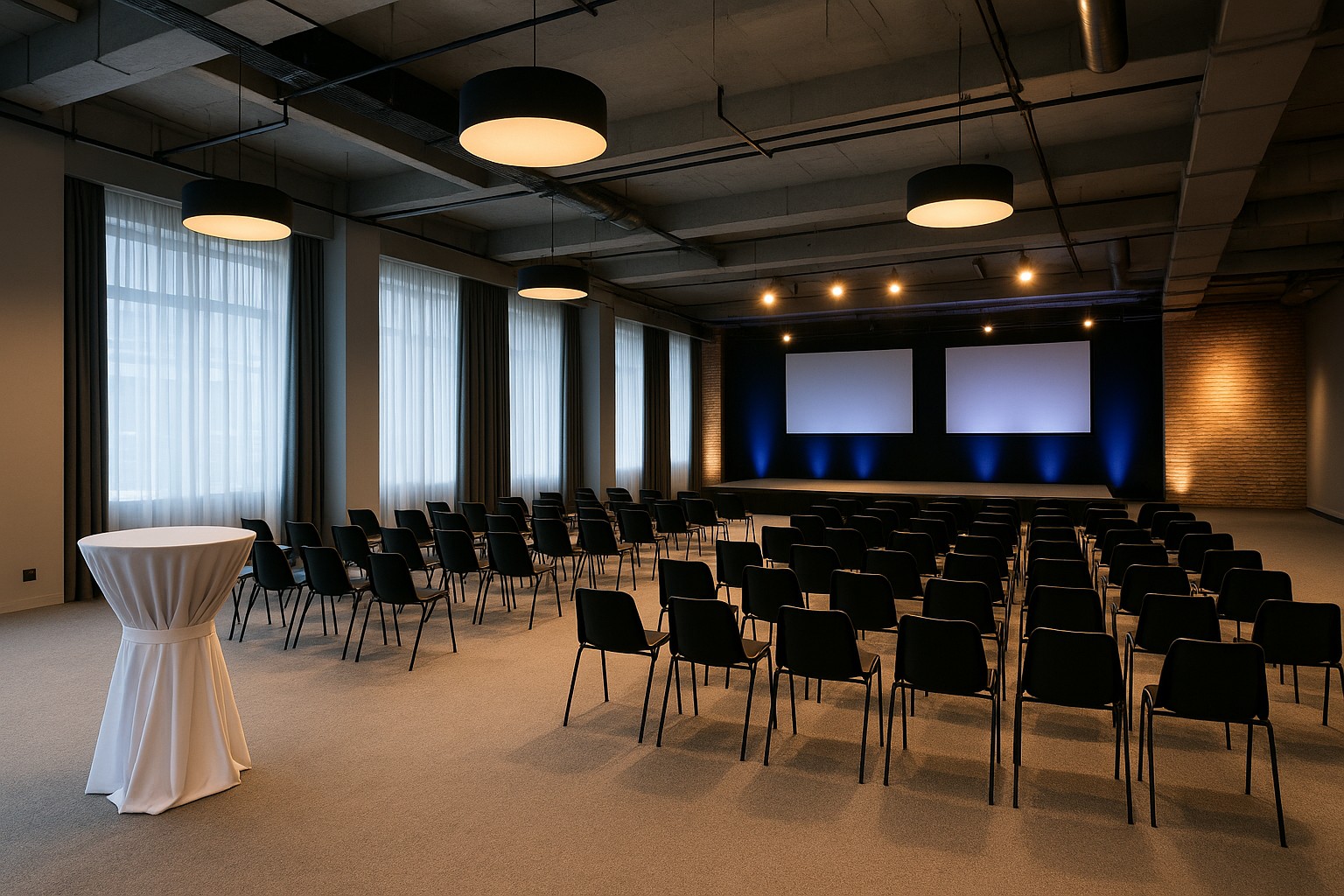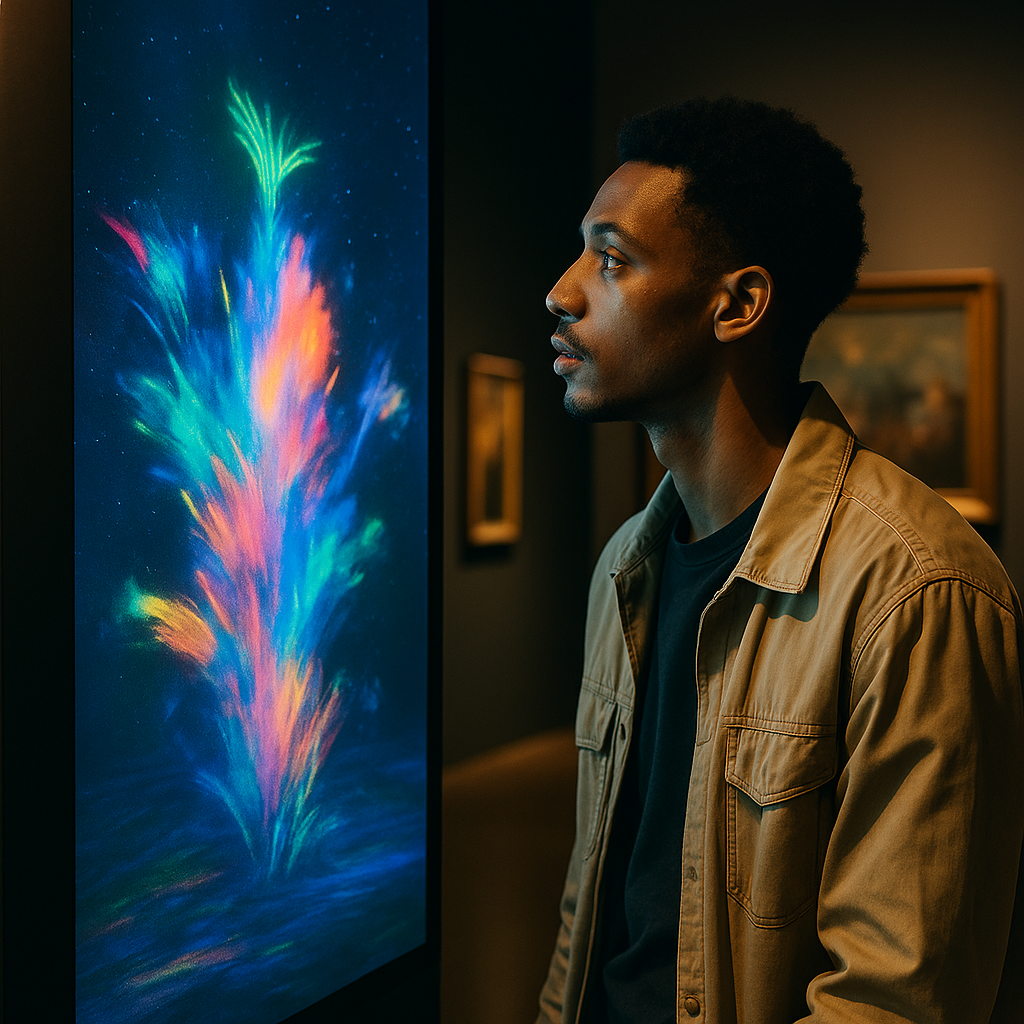Even the most brilliant speaker and exciting program won’t save an event if guests feel hot, uncomfortable, lost, or overwhelmed. Comfort is not a luxury — it’s the foundation of a positive experience. When participants feel relaxed and confident, they’re more open to new experiences and easier to engage.
Let’s go over the details that create a welcoming atmosphere 🌿🪑— and how to address them at every stage.
________________________________________
🛬 1. Confidence from the Start: Clear Pre-Event Information
Comfort starts long before entering the venue. If attendees are wondering “where,” “when,” or “what to bring,” stress begins.
📌 What to send in advance:
✔️ Address and directions (for both public transit and car).
✔️ Info about parking or shuttle service.
✔️ Dress code (if applicable).
✔️ Start time and estimated end time.
✔️ Coordinator’s contact info.
✔️ Event agenda.
💡 Tip: Create a mini FAQ page or set up a chatbot in a messenger app.
________________________________________
🚪 2. Welcome and Navigation: First Impressions Matter
First impressions are made within the first 30 seconds. If it’s unclear where to go or registration is chaotic, discomfort grows.
📌 How to organize a smooth entry:
✔️ Warm, friendly welcome.
✔️ Clear signage: arrows, banners, zone markers.
✔️ Efficient registration area without queues.
✔️ A place to leave belongings, freshen up, or change.
💡 Tip: Place volunteers or staff with “Ask Me” signs, especially at large venues.
________________________________________
🪑 3. Physical Comfort: Temperature, Lighting, Furniture
People react differently to heat, noise, or bright lights. But some basics are easy to plan for.
📌 What matters:
✔️ Comfortable indoor temperature.
✔️ Comfy chairs (especially for long sessions).
✔️ Lighting that’s soft but bright enough.
✔️ Access to clean drinking water.
✔️ Working Wi-Fi and power outlets (if possible).
💡 Tip: For long events, provide a quiet rest zone where guests can recharge.
________________________________________
🧭 4. A Space That’s Easy to Navigate
An event shouldn’t feel like a survival quest. Attendees should know where they are and where to go.
📌 What helps:
✔️ Venue map (on screen, printed, or in the app).
✔️ Clear labels for halls, stages, restrooms, and food areas.
✔️ Signage and staff ready to help.
💡 Tip: For large crowds, set up an info desk with real people, not just signs.
________________________________________
☕ 5. Food and Breaks as a Form of Care
Even simple cookies and tea, served with care, leave a great impression. Lack of water, however, leaves a bad one.
📌 Consider:
✔️ Breaks every 1.5–2 hours.
✔️ Light snacks (consider allergies and dietary preferences — e.g., vegetarian options).
✔️ Seating areas where people can eat comfortably.
💡 Tip: Always have drinking water available — it’s more important than you think.
________________________________________
🧍♀️🧍♂️ 6. Engagement Without Pressure
Comfort also means psychological safety. Not everyone wants to go on stage or join a contest.
📌 Key points:
✔️ Make activities optional, not mandatory.
✔️ Create an environment where saying “no” and simply observing is okay.
✔️ Respect personal space — especially during photos or interactive sessions.
💡 Tip: Let guests choose how involved they want to be.
________________________________________
🧠 7. Cleanliness, Safety, and Attention to Detail
People notice care in the small things. Clean, organized, accessible — these reduce anxiety and build trust.
📌 Watch for:
✔️ Clean restrooms and common areas.
✔️ Safety: visible staff, first aid kit, emergency plan.
✔️ Accessibility for guests with disabilities.
✔️ Timely trash collection.
________________________________________
📌 Conclusion
Comfort is not a luxury — it’s a basic condition for a successful event. Guests will remember not just the beautiful presentation, but how they were treated. Genuine care, attention to detail, and warm hospitality are what create a truly welcoming atmosphere.
What makes an event comfortable for you personally?








